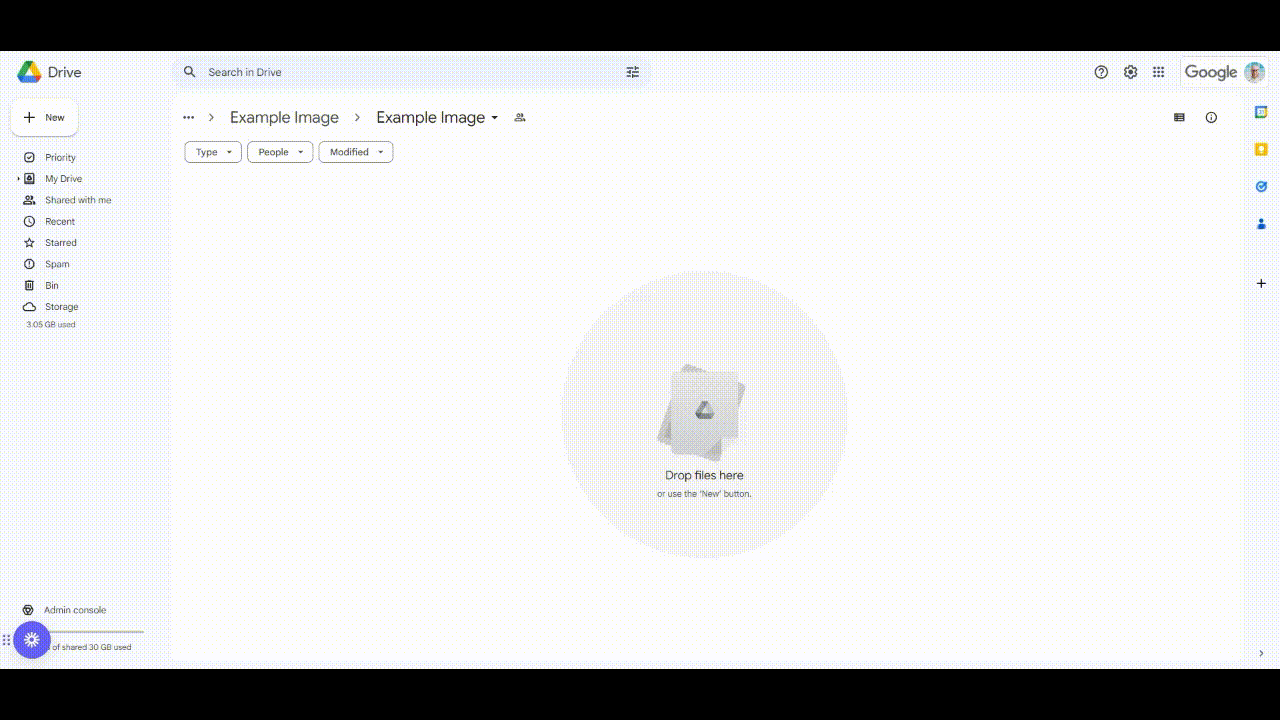Translating an infographic is valuable for several reasons and in this article we’re going to look at exactly how to translate infographics. But first . . .
Why translate infographics into other languages?
- Wider Audience Reach: By translating an infographic into multiple languages, you can make it accessible to a global audience. This extends your content’s reach beyond language barriers, allowing you to connect with new markets.
- Better Understanding: Infographics are designed to convey complex information visually. Translating them makes it easier for people in different regions to understand the content quickly, as visuals are universally understandable.
- Increased Engagement: Multilingual infographics can boost engagement rates. When your content speaks to audiences in their native language, it’s more likely to capture their attention and encourage them to explore further.
- Search Engine Optimization (SEO): Translated infographics can enhance your website’s SEO. They often accompany text content and, when optimized for different languages, can improve your site’s visibility on search engines, driving more organic traffic.
- Enhanced Brand Presence: Presenting your brand or message in various languages through infographics reinforces your global presence. It showcases your commitment to serving diverse audiences, which can build trust and credibility.
- Sharing and Virality: Infographics are frequently shared on social media and other platforms. Translating them increases the chances of them being shared among various language-speaking communities, amplifying your content’s virality.
One thing to consider is that you only need to translate them into languages where you have an active presence. There’s no point in translating your infographics into lots of different languages if you don’t intend to have a wider strategy for reaching that audience. So only look at how to translate infographics into the languages that you actually need.
The Workflow for Infographic Translation
There are basically 5 core steps you need to carry out to translate the text in an infographic.
- First you need to extract the text from the image.
- Next you need to translate the text that you’ve extracted. You can use your choice of a human translator or a machine translation tool for this step.
- At the same time you are doing the translation, you’ll need to erase the original text from the image or get access to a blank version of your image.
- Once you’ve erased the text and received your translation back, it’s time to apply the translated text to your image.
- Finally adjust the formatting of your text to match the original version of your infographic.

What tools do you need to translate an infographic?
Our redaka app combines all of these steps in one handy tool but if you don’t want to use us then you’ll need the following apps:
1. Extract the text from an image
A great hack for extracting text from an image file is to use a mixture of google drive and google docs. Upload your original infographic to your google drive. Once the upload is complete, right click and open the image as a google doc. All of the text will be extracted into the doc, along with the image.

2. Translate the text
You can either use a machine translation service like google translate or deepl. Or you can use a human translator. There are lots of translation agencies around and maybe you have one that you’re happy with already? Another option is Gengo which provides human translation on demand. It uses technology to send your translation request to one of the translators they have standing by. It’s really fast and very accurate.
3. Erase text from an image file
This is where you’ll need some software like photoshop, canva or photoroom to remove the text and leave the picture looking untouched. All of these services require a subscription.
4. Apply the text to your image
Once again you’ll need some photo editing software here. There are lots of free online tools that can do this such as canva, picfont and photopea.
5. Adjust the formatting of your text
Use your graphics software from step 4 to adjust the color, size and position of your text to get it looking like the original.
Check & Share Your Infographic Translation
Finally you should check that the formatting and the context of the translation is correct. If you’re using infographics for marketing purposes in other countries, the last thing you want to do is share information that doesn’t make sense. That’s why we think it’s really important to get a human to do the translation as it’s the best way to ensure that your content is correct.
Once you’re happy, share the images with confidence around the world.

